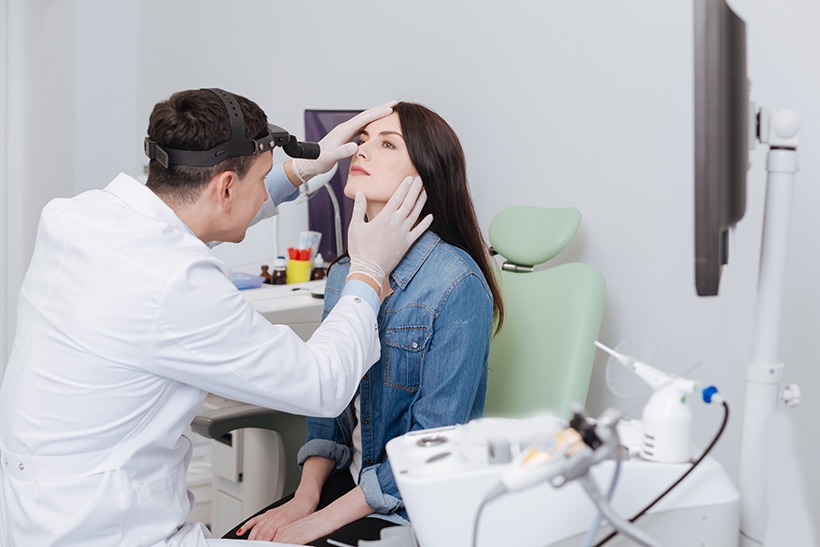You sleep through the night without incident, but you wake to a grumpy household that didn’t sleep so well thanks to your snoring. Or, perhaps you’re struggling to breathe freely or you’re prone to congestion. These are all signs of a deviated septum, which we can easily remedy with a septoplasty. In fact, more than 250,000 people in the United States turn to a septoplasty annually to breathe easier.
Dr. Cecil Yeung and Dr. Marcus Hershey at Houston Sinus Surgery are well-versed in helping patients improve their breathing with a septoplasty, which is a surgical procedure in which we straighten the tissue that divides your nostrils.
Here’s a look at some of the circumstances under which you may benefit from a septoplasty.
What is the septum?
Your septum is a piece of tissue that separates your nostrils, creating two chambers that should enable easy breathing. Your septum is made of cartilage and bone.
In addition to its role in creating the two nostrils, this tissue is lined with mucus and tiny hairs that filter the air you breathe.
What is a deviated septum?
In an ideal world, your septum would divide your nose into two equally sized passageways, which would allow air to pass freely. In reality, up to 80% of people have some degree of deviation in their septums. This means the septum is off-center, making one passageway bigger than the other.
While many people are born with deviated septums, they can also arise due to trauma, such as from breaking your nose, which can alter your septum.
If the deviation is moderate to severe, problems can develop, such as:
- Difficulty breathing
- Noisy breathing
- Snoring
- Nasal congestion
- Chronic sinusitis
- Headaches
- Nosebleeds
- Facial pain
If you have a deviated septum and are experiencing any of these symptoms, the way to get relief may be through a septoplasty.
Can there be issues beyond the septum?
In some cases, your symptoms may extend beyond a deviated septum. For example, you may have problematic turbinates inside your nose. Turbinates are tiny bony structures that help filter, warm up, and humidify the air you breathe.
If your turbinates are chronically inflamed or swollen, we may recommend a septoplasty as well as a turbinate reduction, which we perform at the same time.
What is a septoplasty?
With a septoplasty, we correct the position of the septum to evenly divide the nostrils. We perform the procedure using advanced endoscopic techniques and, in most cases, you’re free to go home the same day.
Your downtime after a septoplasty isn’t very long. We ask that you take it easy for a day or two and avoid strenuous exercise for a few weeks.
As the post-operative swelling diminishes, you should realize gradual results — namely the ability to breathe more easily.
If you have more questions about the septoplasty procedure and whether it might benefit you, call our Houston office at or book an appointment online today.




